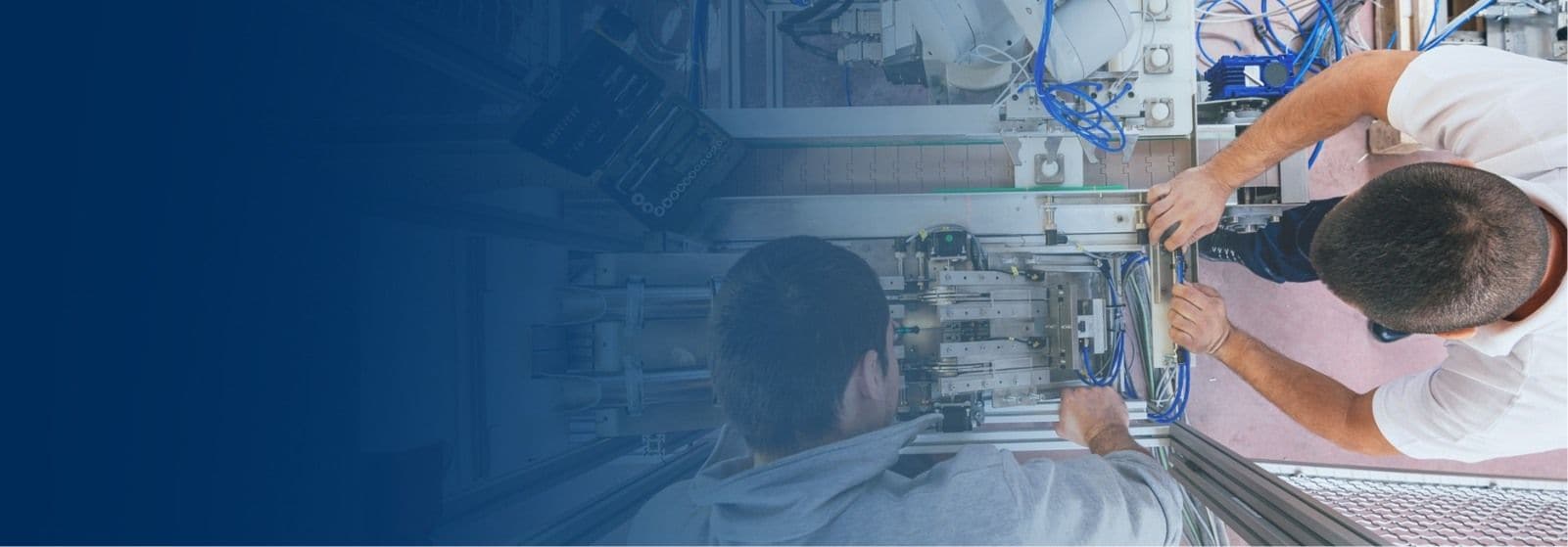
Search through our list of common questions and answers listed below. Don't see your question posted? Contact one of our custom engineering experts, today.
I plan to order a thermowell with PFA coating. I'd like to either order extra PFA on the process external threads. If this is not possible then I'll order a flanged series well with PFA coating. Please explain my options.
Although OMEGA can provide threaded thermowells with PFA coating the amount of coating on the threads will not prevent abrasion which will likely lead to cracks in the PFA during insertion. Your best option is to install the thermowell in a zone where the threaded portion will not be exposed to the contaminant such as at the top of the tank. Likewise, the female boss with a stand-off can help further reduce the likelihood of the threads being exposed to hazardous liquid. Before installation, be sure to wrap PFA tape around the threads as well. Also, we can coat thermowells up to 48" in length, and supply some of the smaller flanged wells with a PFA coat on the wetted parts.
Are OMEGA's immersion type Omegaclad probes such as the Quick Disconnect series as seen on page A-27 of Volume 29 Temperature Handbook good for surface measurement applications?
No, any type of probe with a beaded junction and a protective sheath (even with an exposed tip) does not provide accurate surface temperature measurements. The beaded junction will not only pick up surface temperatures but also surrounding air temperature. One solution for surface measurement is thin ribbon type elements as used in OMEGA's 88000 series surface probes as seen on pages A-55 through A-68 in OMEGA's Volume 29 Temperature Handbook. Another solution is the use of non-contact infrared sensors as seen on pages A-69 and A-70. To receive an OMEGA spec sheet on any of the above products directly to your fax machine please call 1-800-848-4271.
I can't understand why my .020" diameter inconel sheathed type K probes keep failing. I am using them at 1100 degrees C which is well below the maximum published temperature range of 1372 degrees C for type K. Could you explain why they are failing?
Yes, the published maximum useful temperature ranges are based on larger diameter probes which contain larger diameter conductors. For the case in point, the .020" dia probe has wire sizes contained within the sheath of 38 AWG (.004") dia which cannot defy the laws of physics to achieve a maximum useful temperature range except for perhaps an extremely short time period. Refer to page H-7 of OMEGA's Volume 29 Temperature Handbook for maximum temperature ratings of sheathed thermocouples.
I'd like to attach lead wire to one of your RTD elements. I am planning to use a 3 wire design so I'm assuming that I need a 4 wire element as seen on page C-23 of your Volume 29 Temperature Handbook, part number W2202. Is this correct?
Actually, the 4 wire W2202 is a "dual" element. A 2 wire element such as the W2102 as offered on the same page C-23 is what is used to configure a 3 wire design. Lead wire is attached to one leg and 2 lead wires are attached to the second leg of the element. The dual element would in fact have 6 leads attached to have a dual 3 wire design. OMEGA's Custom Engineering Dept can provide you with pricing on the purchase of any of OMEGA's RTD elements with lead wire attached.
purchased a 1/4" diameter type K, inconel sheathed utility handle probe as seen on page A-71 of your Volume 29 Temperature Handbook and immersed it into crucible containing a molten metal. Why did the probe expire?
Even though the sheath and probe would be able to withstand the temperature range the sheath material cannot stand up to actual immersion into molten metals. In fact, most materials cannot withstand this thermal shock. Consult Custom Engineering for advice of what options exist.
For American thermocouples, the negative lead is red.
Yes, the bending radius should be 2 times the probe diameter or larger.
Various specs need to be considered when determining the temperature rating of a probe:
Many of the thermocouples we sell are available in any size. Change the length in the part number to the desired length. Pricing is typically stated as a $/in or $/foot adder.
We recommend sing an ungrounded thermocouple, typically low noise, in combination with twisted shielded thermocouple wire. We recommend grounding the system at only one location to lower the possibility of generating ground loops potentials.
This can be done if necessary, but it is not recommended. The proper way to make a thermocouple is to weld the junction.
The temperature sensing is done at the bead. In the case of an Omegaclad probe, this is at the tip of the probe.
Each thermocouple type has a specific limit of error. The accuracy will be different for the various types of thermocouples available.
| Thermocouple | Useful Temp Range | Worst Case Error |
|---|---|---|
| J | 32 to 1382F/O to 750C | +/- 2.2C or .75% of RDG |
| K | -328 to 2282F/-200 to 1250C | +/- 2.2C or .75% of RDG |
| T | -328 to 662F/-200 to 350C | +/- 1.0C or .75% of RDG |
| E | -328 to 1652F/-200 to 900C | +/- 1.7C or .75% of RDG |
Mounting thermocouples is very application dependent. We sell compression fittings which can be used with probes to help with mounting. We also sell various epoxies, heat transfer compounds, and specialized thermocouples to meet numerous applications. Consult with our engineers regarding any specialized applications.
The available sizes are: 25, 50, 100, 200, 500, and 1000 foot spools.
No, you must maintain the same dissimilar metals to the instrument. The B type thermocouple is the only one that can be extended with copper wire.